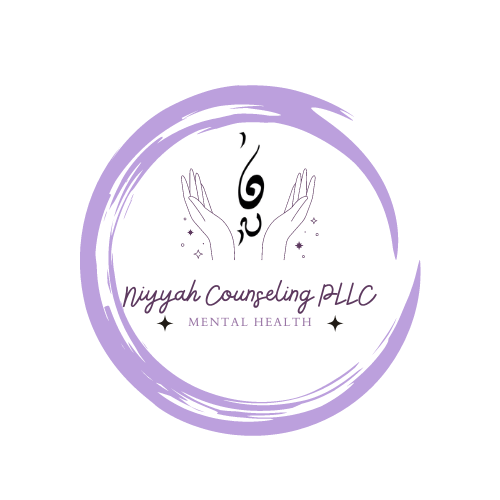How to use mindfulness to cope with trauma by Kathleen Chandler, LMSW PMH-C
If you are coping with trauma, mindfulness can help. Establishing a mindfulness practice can slow down reactivity, increase your attention (and connection) to your body, and change the structure of your brain by building more connections and pathways. Eventually, you will have greater emotional regulation and the capacity to better tolerate triggers and life stressors.
It should be mentioned that mindfulness, if not used carefully, can exacerbate trauma symptoms. The following advice is meant to help guide you through a trauma-sensitive mindfulness practice.
Know your Coping Tools
Before you begin practicing mindfulness make sure you know what coping tools soothe you best. Square breathing, tapping, safe-calm place, listening to music, going for a walk, or noticing your five senses? Be ready to do whatever works for you!
Make sure you feel safe.
Find a physical location that feels safe to you and only practice mindfulness with people that you feel safe with.
Stay within your Window of Tolerance
Stay within your ideal emotional zone. Pay attention to your body and your emotions. Make sure you aren’t pushing it! Don’t begin mindfulness if you are already outside of your Window of Tolerance. Stop immediately if you feel you are starting to venture outside the window: racing heart, intense anxiety, dissociation, have blurry vision, start sweating, or feel like you can’t catch your breath.
Apply the Brakes when needed!
Open your eyes, change your posture, take slow deep belly breaths, structure breaks for yourself, make physical contact with your body (touch your legs, tap on your temples), and engage in self soothing.
Remember that mindfulness may look a bit different for you. You may need to practice with your eyes open and stay aware of your surroundings. That is fine! You can use guided meditation if you feel you need to ease into it.
It may be best for you to start with an informal mindfulness practice. That means you bring awareness to daily tasks such as eating, exercising, doing chores, or any other daily action. For example, you could start with brushing your teeth. As you brush, try to bring all your attention, awareness, and senses to the task. What does the handle feel like, what is the texture of the bristles, what sounds do you hear, what does it smell and taste like, etc.
When you have identified your coping tools, have a safe space, know your window of tolerance, and understand how to apply the brakes, you may be ready to begin your mindfulness practice. Here’s how to start:
Take a few moments to center yourself and enter the zone of “just being”.
Begin by drawing your attention to your breath. Feel your body and notice whatever comes up. Allow any thought, emotion, or physical sensation to be exactly as it is.
Just notice. This is not a time to analyze, judge, or solve problems. Just notice whatever comes up.
In the beginning, short sessions are best. 30 seconds to 2 minutes is plenty.
If you find that you would like to explore mindfulness with a professional, therapists at Niyyah Counseling are available to help!

